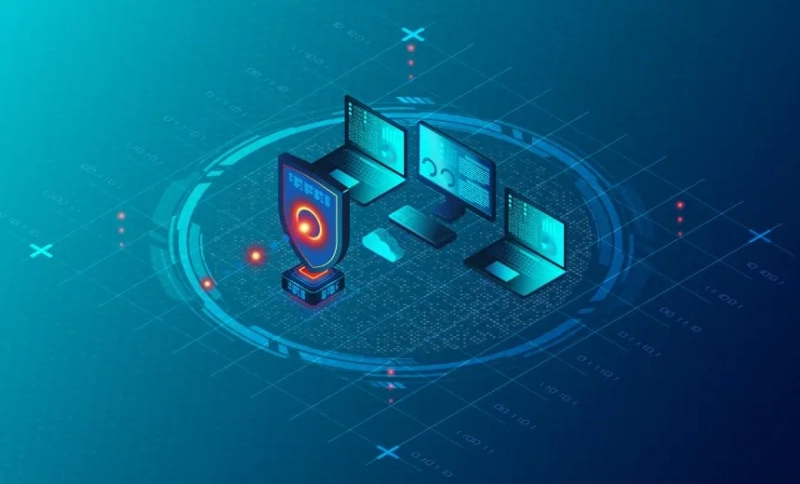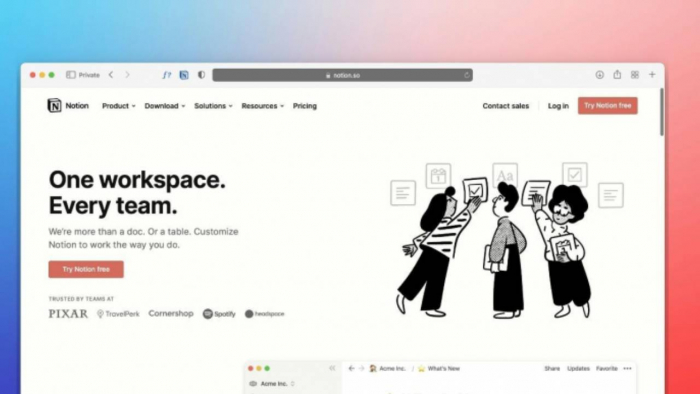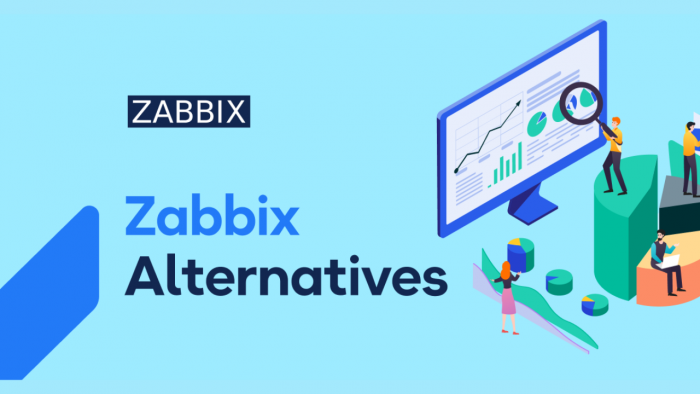Key Takeaways
- Cyber risk now affects every part of a business, not just IT systems
- Mid-sized firms face evolving threats but can adopt scalable defences
- Tools designed for smaller teams now offer strong, low-friction protection
- Prevention costs are far more predictable than the aftermath of a breach

If your business handles sensitive data, every login, email, and cloud sync comes with more risk than ever. Cybersecurity isn’t just about keeping systems online—it’s about staying in business altogether. A breach doesn’t just lock you out. It can derail your operations, trigger legal fallout, and damage client trust in ways that are hard to reverse.
You’re not alone if your team is already stretched thin. Most mid-sized firms in Australia are trying to do more with fewer resources, especially when it comes to tech. However, the harsh reality is that attackers are aware of this. They’re not targeting high-profile enterprises every time. They’re going after firms with weaker defences, slower response times, and unmonitored endpoints. If your cybersecurity strategy still relies on outdated firewalls or annual audits, the gap between what you have and what you need may already be visible to threat actors.
The good news is that security software has come a long way. You no longer need a six-figure budget to get high-quality protection. But you do need to know what you're choosing and why it matters.
What Modern Threats Look Like for Mid-Sized Firms
A few years ago, small to medium-sized businesses were often left out of threat reports. That’s no longer the case. Today, attackers are using automation to target thousands of firms simultaneously, seeking a single vulnerable point. One missed patch. One employee who reuses a password. That’s all it takes to open the door.
Credential stuffing is now one of the most common attack types for firms with fewer than 200 staff. It’s low-effort for criminals but costly for businesses, especially if those credentials lead to finance systems or customer data. Phishing has also evolved. You’re no longer dealing with obvious typos and shady links. Some attacks mimic internal communication so convincingly that even security-savvy teams have fallen for them.
Ransomware remains a threat, but it’s rarely the initial move. In many cases, attackers remain undetected within a system for weeks, mapping out weak spots and gathering data before launching an attack. This makes fast detection essential. But that kind of monitoring is hard to maintain if you don’t have a security operations centre or dedicated analysts reviewing logs.
What makes it more complicated is that recovery is getting more expensive. In 2021, the average cost of a breach for mid-sized Australian businesses was around $100,000. Now, in 2025, it’s more than doubled. And insurers are paying less. They’re also asking more questions about your software, your logging policies, and your access controls before agreeing to cover anything.
So while the threats have advanced, the conditions for defence have become more demanding—and more expensive to ignore.
Enterprise-Grade Tools That Don’t Require an Enterprise Budget
It used to be that advanced security platforms were locked behind enterprise contracts, specialist hardware, and full-time teams to manage them. That’s changed. Many of the tools available today are cloud-native, modular, and made for businesses without internal security departments. They don’t require on-prem servers or complex configurations to offer real protection.
Some platforms now focus on reducing the management burden. That means automated response to known threats, behavioural monitoring that adapts over time, and dashboards that surface only the alerts you need to see. This shift is essential for firms with one or two IT staff trying to juggle everything from user onboarding to compliance audits.
Among the better-known solutions offering this approach is Crowdstrike Falcon, which delivers endpoint protection via the cloud without needing hardware installations. Large organisations often use it, but its pricing model and deployment flexibility have made it accessible to smaller firms looking for reliable threat detection without daily maintenance. More importantly, it’s the kind of tool that focuses on speed, detecting and containing threats before they spread across systems.
But it’s not the only one. What matters more than the brand is how the software fits into your risk profile. Whether it’s real-time visibility into your network or better control over admin privileges, there are tools today that can do the job without the complexity or cost of a full enterprise suite.
Choosing Based on Risk, Not Brand or Feature Lists
When security decisions hinge on brand recognition or long feature checklists, firms often end up with tools they don’t fully use or understand. The better approach is to start with what needs protection and how your business would be impacted if that data were compromised. That might be login credentials, customer records, IP, or remote work endpoints. Each of those requires a different type of coverage.
Instead of asking which tool has the most features, ask how those features address the threats you're most likely to face. For example, if most of your team uses cloud apps and works remotely, endpoint protection and identity access management may matter more than network segmentation or intrusion detection systems.
Frameworks like the NIST Cybersecurity Framework (CSF) can help prioritise what to invest in based on real risk rather than vague categories like “best antivirus.” It’s a helpful guide even for smaller firms, breaking down what your business should be doing at each stage: identify, protect, detect, respond, and recover. You don’t need to implement all of it, but it can highlight what’s critical versus what’s optional.
Security should match your exposure, not your ambitions. That means selecting tools that fit your business model and technical capacity, rather than simply following what competitors use or what’s trending.
How Smaller Teams Can Still Operate with a High-Security Posture
Even without a dedicated cybersecurity team, it’s still possible to maintain a strong defence posture. The key is using tools that reduce the need for constant oversight and don’t add friction to daily workflows. This includes platforms that handle alert triage automatically, tools that integrate with your existing systems, and configurations that are locked down from the start rather than needing weeks of tuning.
Security isn’t always about having more layers. It’s about ensuring the layers you do have are well-maintained and relevant to your specific threats. For a firm with limited resources, that might mean fewer logins with stronger controls, or setting up multifactor authentication in every system that supports it. These small steps, when combined with capable software, create a defence model that’s sustainable over time.
One of the most overlooked advantages of modern platforms is their ability to simplify compliance reporting. Whether it’s showing audit logs, confirming patch status, or generating incident response timelines, these capabilities free up hours of manual work. They also make conversations with insurers, partners, and regulators far less stressful.
Security posture isn’t about being perfect. It’s about being prepared, consistent, and realistic about what you can maintain. And that’s entirely possible—even with a small team.
The Next Security Spend Might Be Cheaper Than a Mistake
A single incident can undo years of hard work and growth. Whether it's client data leaked, internal systems encrypted, or a public loss of trust, the cost of recovery almost always outweighs the upfront investment in prevention. And it's not just about direct losses. Downtime, legal exposure, and contract terminations are common side effects that stretch out the damage over months.
Take the case of a regional Australian architecture firm that suffered a ransomware attack in late 2023. It started with a compromised email login, escalated through shared drives, and eventually encrypted the firm’s entire project archive. They didn’t have versioned backups. The cost wasn’t just in recovery—it was also in lost bids, damaged client relationships, and team hours spent manually restoring what could be recovered. The firm is still in business, but its reputation hasn’t fully recovered.
Prevention isn't about building a fortress. It's about reducing the number of open doors, making intrusions harder to scale, and ensuring that when something does slip through, your team can contain it quickly and effectively. And the tools to do that are more available now than they’ve ever been, especially for firms ready to approach security as a strategic choice, not just a technical task.
Post Comment
Be the first to post comment!





